
by Grillers Gold | BBQ, Holiday
The best BBQ gifts take many forms—high-tech or homemade, sophisticated or simple. What they have in common is the ability to make a really delicious difference for the griller in your life. This holiday season, share the joy of BBQ with attitude.
Neatness counts: grill griddles, baskets and mats
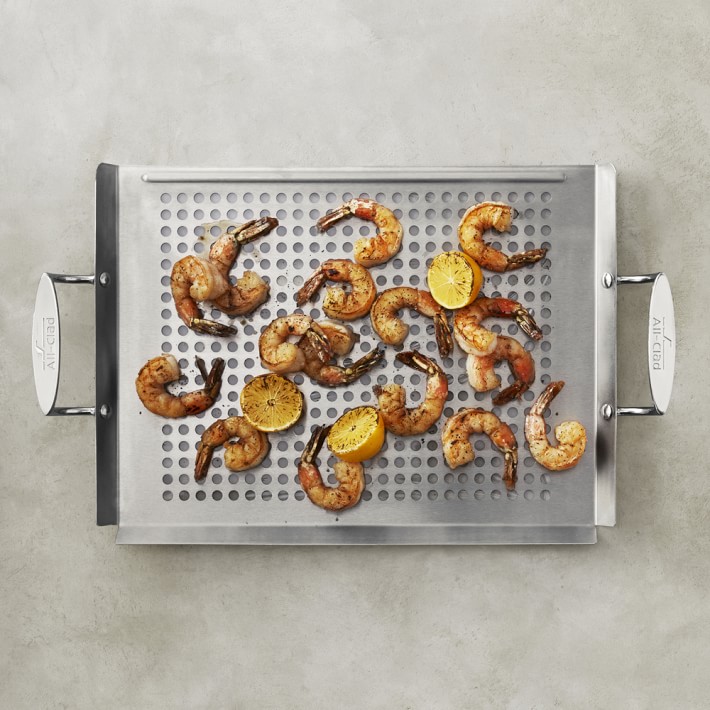
Image: Williams Sonoma
The proficient griller knows all about the problem of food falling between the grates. You can buy several nifty, extremely helpful items to deal with this in style. One choice that’s a sure thing to get the job done right: stainless steel or non-stick grill baskets, griddles, and fry pans. They’re perforated to let smoke go up and drippings go down. But those holes are small enough to keep the food where it belongs—on the cooking surface. Many of the best quality grill griddles come from top cookware brands. Check out the selection from cookware and kitchen experts Williams Sonoma.
Or you can keep it clean with a simple but high-tech solution. Reusable, lifetime-guaranteed, and heat-resistant to 500 degrees, PTFE-fiberglass coated Grillaholics grill mats are a cost-effective way to cook without food sticking or slipping off the grill surface. The highly-rated mats can be cut to size and they’re dishwasher-safe.
Spice it up: a gift box of BBQ rubs and blends
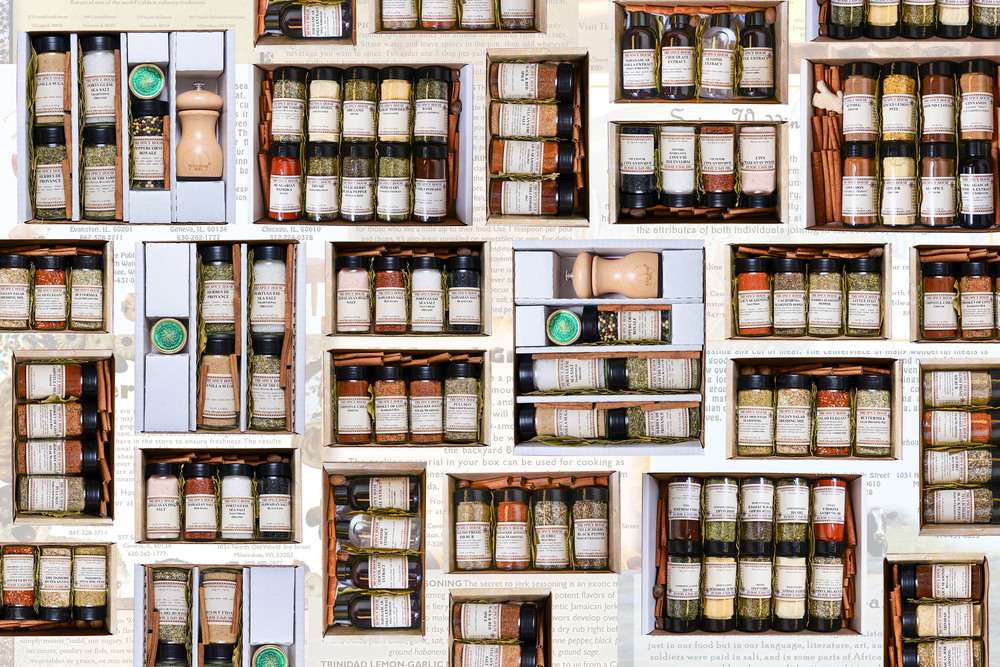
Image: The Spice House
A custom barbecue spice gift set makes an impression for any occasion. Get the freshest spices and special blends from the culinary pros at The Spice House. Order from this 60+-year-old family-owned business that’s been featured on Food Network and in numerous publications; they collaborate with serious chefs and ship nationally.
Note these BBQ-friendly flavors and consider them for your custom set.
- Caribbean jerk is a favorite form of outdoor cooking, and the Jamaican Jerk Seasoning blend features the flavor fundamentals, allspice and chile pepper.
- The Brisket of Love BBQ rub is made to deliver sweet, tangy, slightly peppery slow-cooked smoked brisket.
- Bavarian Seasoning doesn’t say ‘Barbecue’ in its name but The Spice House puts it in the category and recommends its rich, traditional sage-and-mustard flavors for slow-roasted meats and poultry.
Get sauced: BBQ brews for the home chef
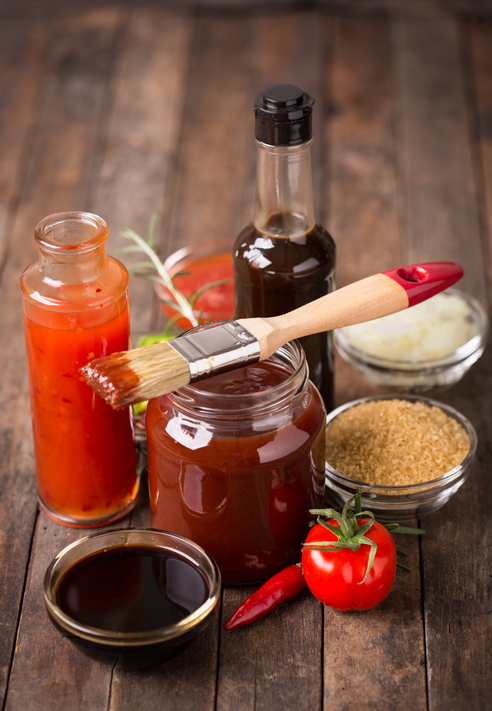
Southern Living magazine’s BBQ sauce recipe feature offers up an All-American range of test kitchen-proven traditional recipes for the home cook. The editors say they’re good enough for gifts, and we absolutely believe them. Check out recipes from Alabama, South Carolina, Kansas City, Texas and more. Make a big batch, find some attractive jars or bottles, print up personalized labels–and be sure to keep some for yourself.
Get more gift-giving inspiration in our Bluetooth BBQ thermometer article. And don’t forget the season’s easiest gift idea: a pellet grilling starter set with a smoker tube and a bag of Griller’s Gold Premium BBQ Pellets.
BACK TO BLOG
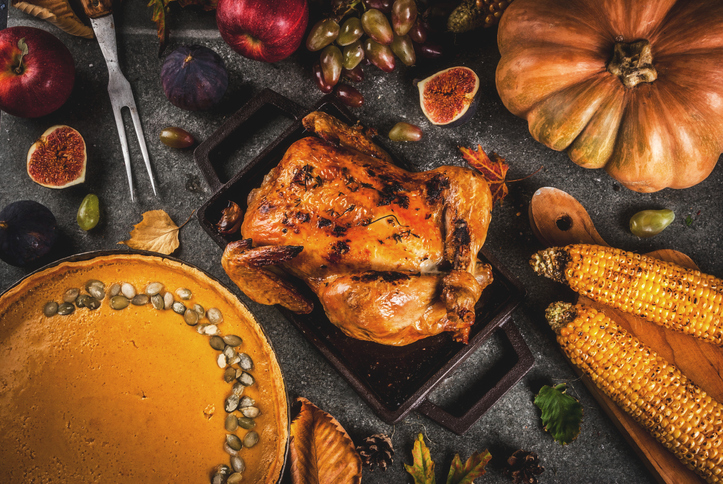
by Grillers Gold | BBQ, Holiday
There’s more than one way to enjoy Thanksgiving grilling. Free up oven space by moving your side dish preparation to your wood pellet grill. Outdoor cooking makes for great flavors in sides as well as the main dish.
The man behind the BBQ Bible, grilling expert Steven Raichlen, says it best:
“Supporting players make your bird look even better.”
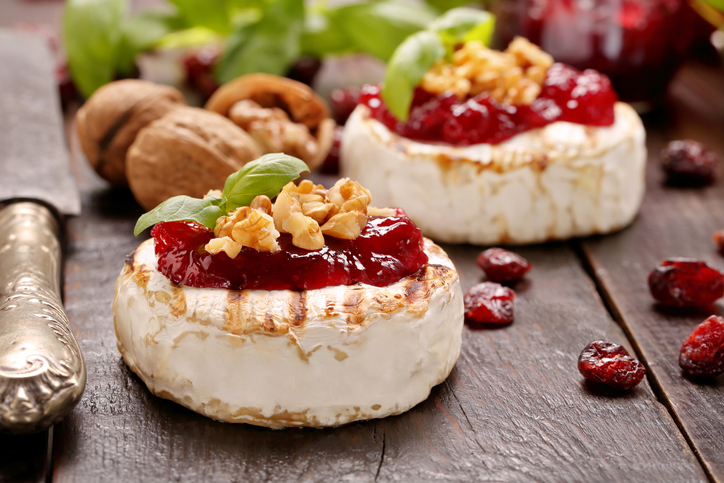
This seasonally correct Cranberry-Walnut Planked Brie is an easy, delicious way Steve suggests you start the festivities and help move some of the crowd out of the kitchen and into the cool autumn air.
“A round of creamy French brie is topped with cranberry jelly or even prepared cranberry sauce, then studded with walnut halves. It combines two distinctly American live fire cooking techniques—planking and smoking. Serve with, what else, grilled bread.”
Visit Steven’s complete Thanksgiving sides article here and drool over grilled corn pudding, bacon-bourbon apple crisp, and more.
Sure, you can grill your turkey, too. If you’d rather cook your holiday bird outside this year, read more about our take on turkey grilling for Thanksgiving.
And find inspiration for some more autumn side dish recipes here.
We’re thankful for everyone who chooses to BBQ with Attitude!
BACK TO BLOG
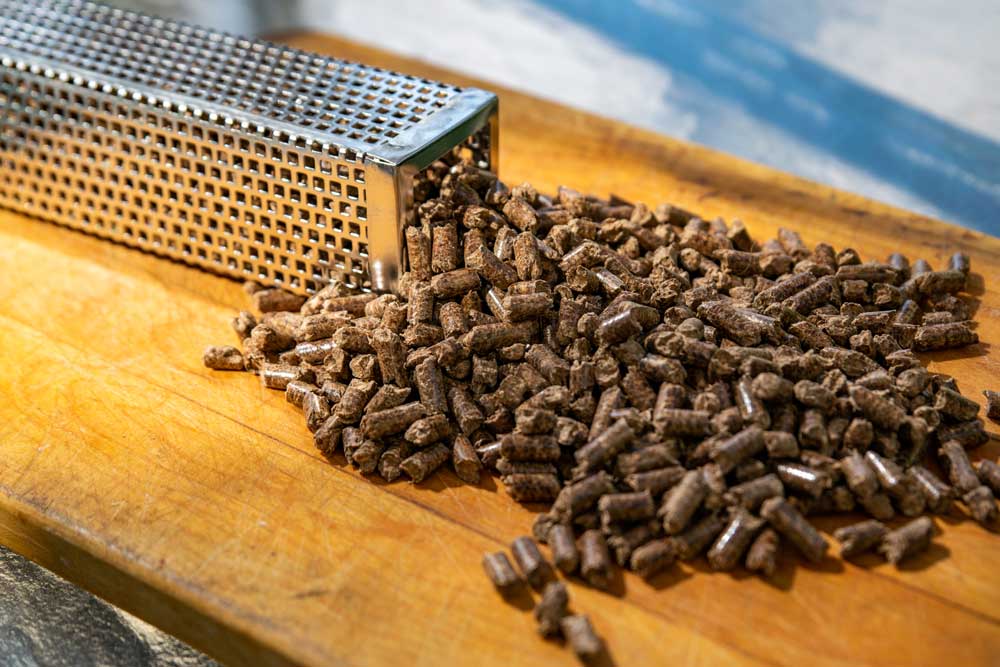
by Grillers Gold | BBQ, Flavor
So you want to know how to grill with that smoker box or tube that you’re thinking of buying? For curious cooks who want to check out wood pellet grilling without the full wood pellet grill, smoker tubes and boxes are great gear. They’re affordable, too.
Unlike wood pellet grills, which have plenty of working parts that require instruction, and thus include user manuals, smoker boxes often just arrive at your doorstep. They’re metal. They’re perforated. Now what?
Actually, using these shiny objects is pretty simple. Here are answers to the fundamental questions.
WHY use a smoker box or tube?
For flavor, not heat. When wood pellets are burned in a smoker box on a conventional grill, they don’t change cooking time or affect method, but they absolutely deliver delicious smoky taste. You don’t even need a recipe; just try grilling chicken with the usual timing and get a uniquely good flavor.
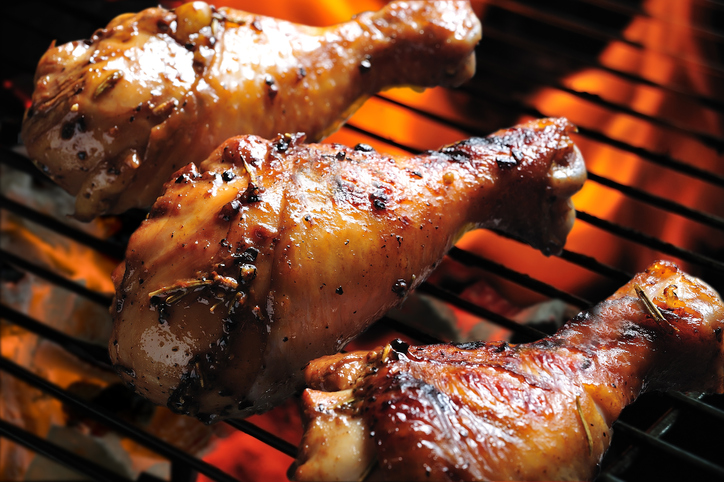
HOW do I grill with a smoker tube?
It’s really easy. Fill the tube or box with pellets. Place it under the grill grate, on top of the ‘lava’ or metal that surrounds the gas flame inside your gas grill.* Light the grill, and go.
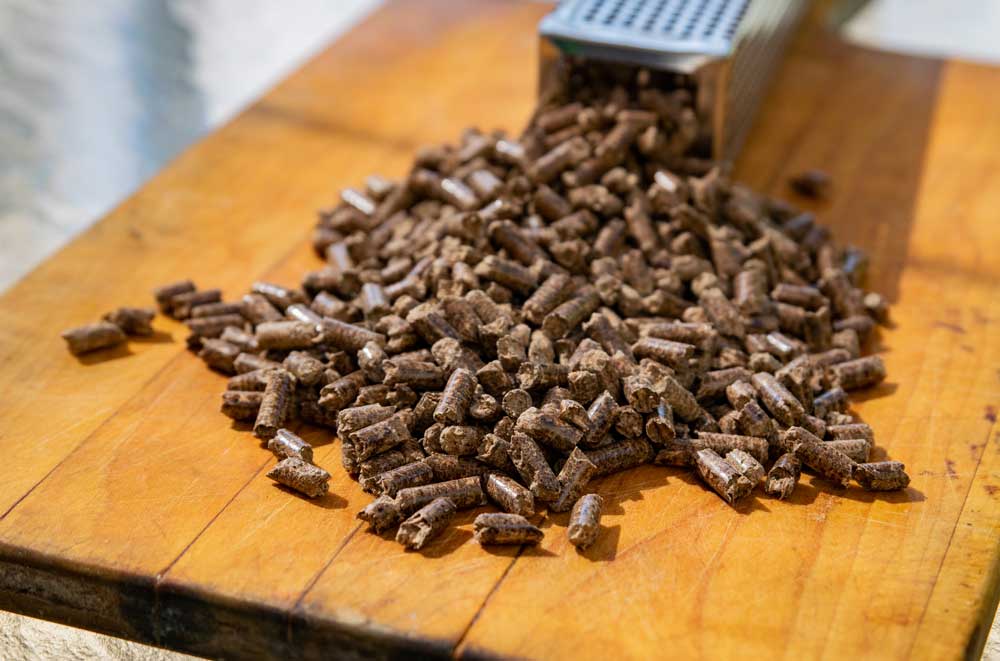
*Because of the warmup time charcoal requires, plus the fact that it generates flavors that compete with wood smoke, gas grills are the recommended usage for smoker boxes and tubes.
WHEN do I want this gear?
Whenever you think smoke flavor would enhance your grilled food, that’s the time. Also, when you’re just checking out wood pellets as you consider making the leap to a wood pellet grill. Finally, when you want to give a pretty awesome gift to a food fan in your world, consider going to Amazon and ordering this great smoker tube and a bag of Griller’s Gold** as a Smoker Starter Set.
**In Competition Blend and four other great flavors
Enjoy the natural wood smoke flavor that’s so easy to achieve. Get fired up!
BACK TO BLOG

by Grillers Gold | BBQ, Holiday
If there’s food involved in a holiday, that’s an opportunity to grill. On the Mexican Day of the Dead (Día de Muertos), festivities revolve around ofrendas, colorful altars that honor the departed and include a spread of favorite foods. Let’s talk just a bit about the origins of the holiday, then dig into some delicious recipes.
A little history

Día de Los Muertos began with Aztecs around 3,000 years ago. After the arrival of the Catholic Church in the Americas, Day of the Dead celebrations coincided with the feasts of All Souls Day and All Saints Day. Then as now, generations come together and visit cemeteries to clean headstones, place decorations, and picnic to the accompaniment of mariachi bands.
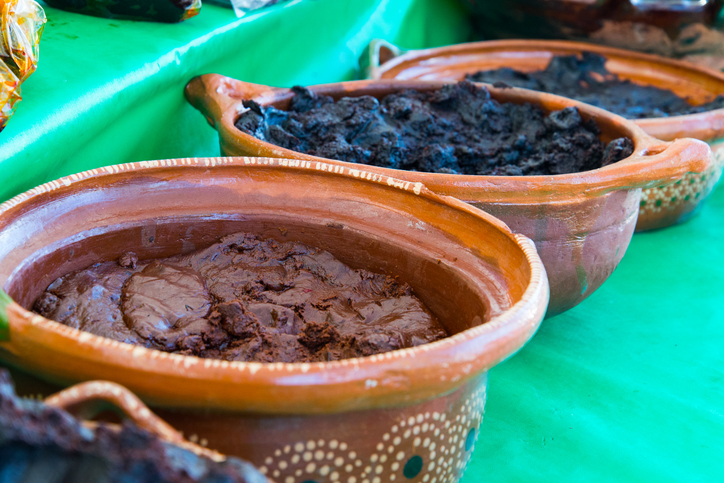
In today’s Day of the Dead celebrations, sugar skulls, keepsakes, candles, photos of the departed, flowers and food all adorn the ofrendas. The aromas of mole and tamales waft through the air and mingle with the returning spirits. Scent is a traditional element of the celebrations, including pine incense and fresh marigolds in addition to food. The idea that the invisible spirits are real and present is what inspires all these good fragrant elements of the observances.
Inviting the spirits to dinner
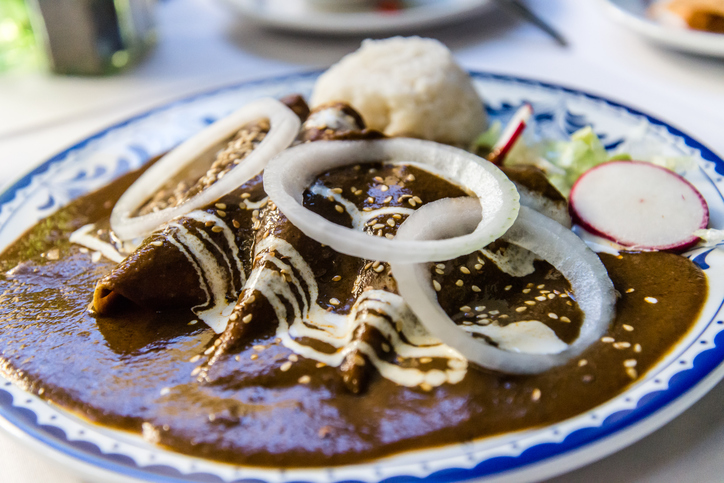
The return of your ancestors from the afterlife qualifies as a special occasion, so somewhat fancy foods seem appropriate. Mole is a holiday favorite in Mexican cuisine; this mole sauce recipe would do justice to your Day of the Dead grilled meats. Tamales are another dish for celebrations; the meat in this red chile and pork tamale filling recipe could easily be prepared on your pellet grill rather than the braising method described here. Then you’d have that extra layer of smoky flavor–and smoke, like the spirits who come back to visit, is wondrous and just a bit mysterious.
Enjoy your festivities and remembrances.
Want more chile pepper flavors? Read about readymade and home-brewed chipotle sauces in the Griller’s Gold burger trends blog post.
BACK TO BLOG
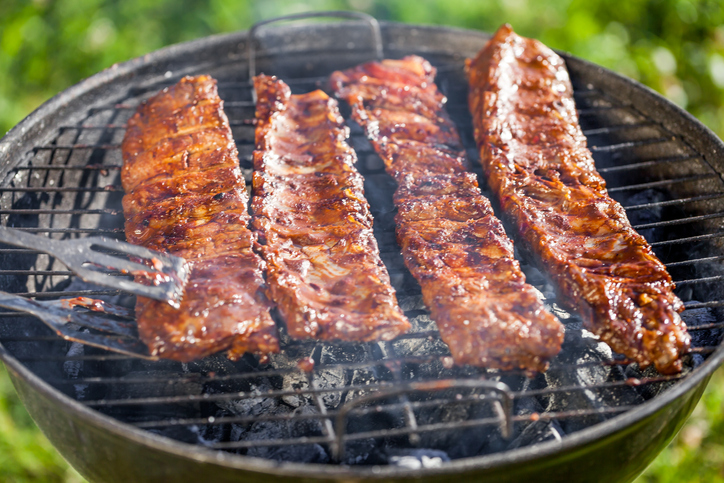
by Grillers Gold | BBQ, Flavor
We admire the prodigious knowledge of Meathead Goldwyn at AmazingRibs.com and we love to share what we learn from him. What does he have to say about a scientific approach to best techniques for grilling and smoking meat? To understand the science of grilling, you’d do well to read this piece. It includes much discussion about meat’s composition, especially muscle, fat and connective tissue—and myoglobin content which is what brings the reddish color to meat juice and differentiates ‘dark’ from ‘white’ meat. (More on myoglobin in a minute.)
Temperature and cooking time all matter. The constituent elements of meat factor into optimal cooking time. Goldwyn says “Because different cuts of meat vary significantly in tenderness, fat content, and collagen content, some must be cooked hot and fast to be at their best, some must be cooked low and slow, and some must be cooked with a combination on both to reach their optimum.”
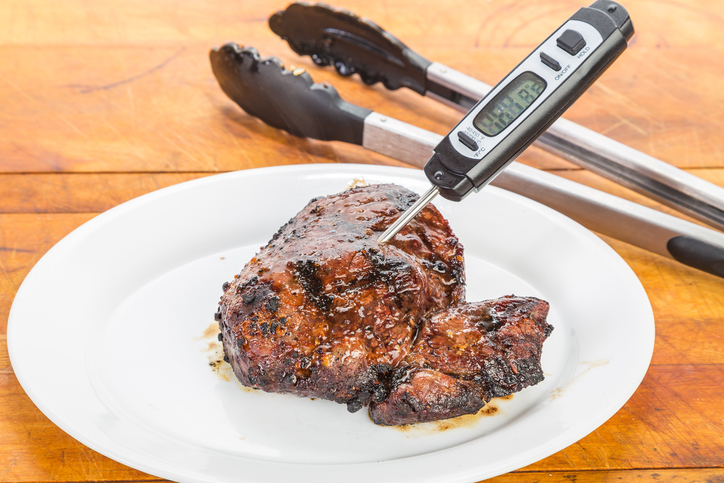
Can you tell if meat is done just by looking?
That’s a ‘no,’ according to Meathead
“You cannot tell if meat is safe or cooked to the proper temp by looking at it. Sometimes vegetables in the grill can produce gases that alter meat color. When you cut into meat to look at it, it can change in a few minutes after it has been exposed to oxygen. Compounds in marinades and brines can impact color. There is only one way to tell if meat is at its optimum quality and safety: With a thermometer, preferably a digital.”
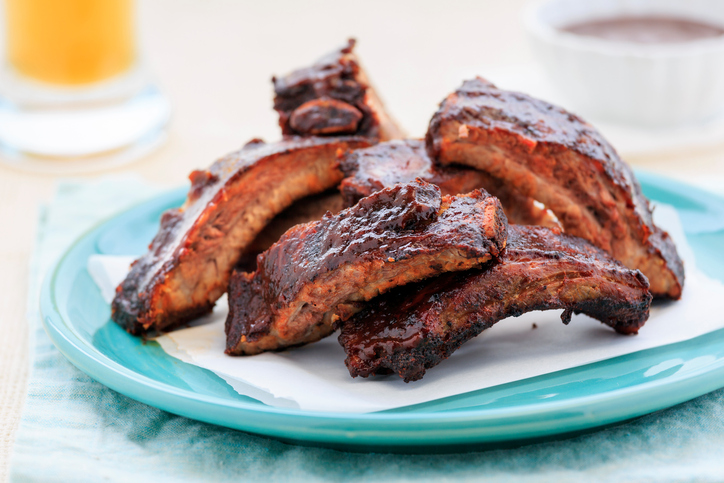
Smoked meat—Meathead and other BBQ experts note—often develops a ‘smoke ring’, a bright pink color just under the surface all the way around the piece. Meathead realizes that some people might think the pink color means the meat is raw, but “nothing could be further from the truth.“
In a related article, Goldwyn cites research showing that “the smoke ring is an interaction between … myoglobin with the gases nitric oxide (NO) and carbon monoxide (CO). NO and CO are made by the combination of carbon and nitrogen with oxygen during the combustion of wood or charcoal… Like many proteins, myoglobin changes color permanently when it breaks down after exposure to heat. In beef the meat goes from purple to red to pink to gray at very specific temperatures, and that is what defines rare, medium rare, well done, etc. Once myoglobin breaks down, at about 170°F in beef and 100°F in tuna, the game is over, it cannot return to pink.”
“While meat is starting to cook, if NO or CO land on the surface and dissolve into the meat, they “fix” the color pink while the rest of the meat heats up and goes to gray. But NO and CO cannot diffuse very far beyond the surface before the meat beneath it heats up, dooming the myoglobin in the interior to a colorless fate. As a result, the pink forms a thin layer, the smoke ring, which usually only goes about 1/8″ deep, although, under some circumstances, it can go up to 1/2″ deep.” Goldwyn says that the locking of the myoglobin color starts almost immediately with a good, stable, clean fire.
Yes, you read that right. Heat, not smoke, creates the smoke ring. Isn’t education grand?
For a pellet fire, Goldwyn recommends putting a slab of ribs on at 225°F. “After 30 minutes, move it indoors and finish cooking. There will be a fine looking smoke ring. After just 30 minutes exposed to NO and CO!”
Be sure to read the Griller’s Gold post about best cuts of meat for grilling and slow cooking. You’ll find a little historical note about why low-cost meats have been BBQ favorites since the cooking technique’s beginnings.
And check out a full history class on grilling at Back to School 1 also on this blog.
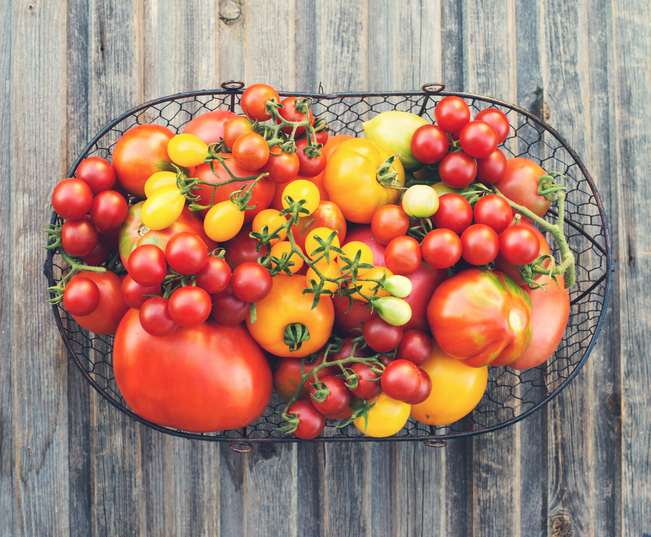
by Grillers Gold | BBQ, Flavor
Right now, at the height of summer, we dream of picking tomatoes that are still warm from the sun, slicing them, putting them on a plate with their juices flowing and enjoying them straight up. They’re that good. Of course, make just a little more effort and your tomatoes are the basis of wonderful side dishes for your next BBQ.
But not all that long ago, tomatoes were thought to be poisonous and foul. Thanks to Modern Farmer magazine for their fine and fascinating history of the tomato in America. Here are some excerpts.
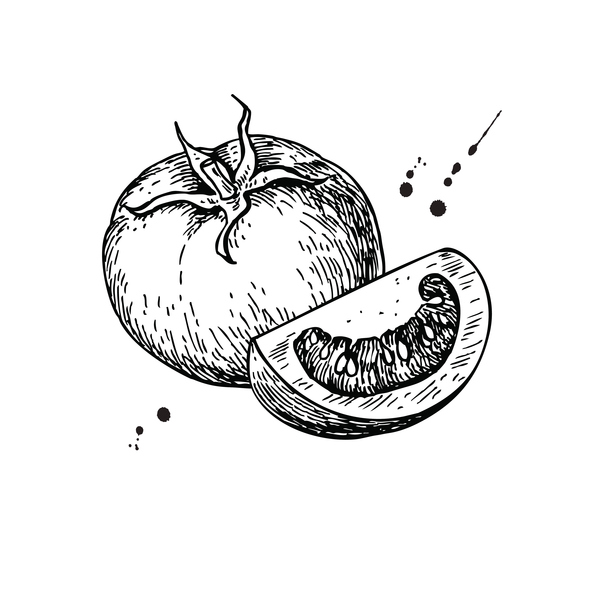
While grown and used throughout pre-Civil War America, tomatoes weren’t widely embraced. Tomatoes—Lycopersicon esculentum—are in the Solanaceae family, which includes deadly nightshades and other poisonous plants; part of the tomato taboo was guilt by association.

Wrote Working Farmer editor James Mapes, of Newark, New Jersey, the tomato was ‘long grown in our gardens as an ornamental plant, under the name of Love Apple, before being used at all as a culinary vegetable. About 1827 or ’28, we occasionally heard of its being eaten in French or Spanish families, but seldom if ever by others.’
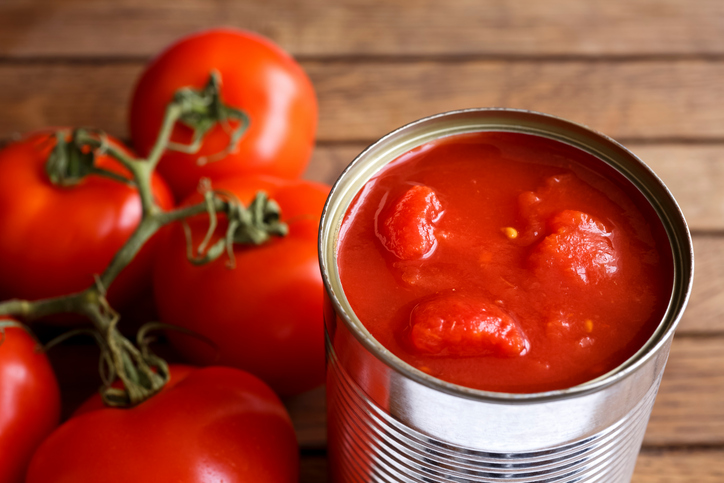
The Civil War was a tomato game-changer. Canneries boomed, filling contracts to feed the Union army. Tomatoes, which grew quickly and held up well during the canning process, rose to the occasion. After the war, demand for canned products grew, with more tomatoes being canned than any other vegetable.
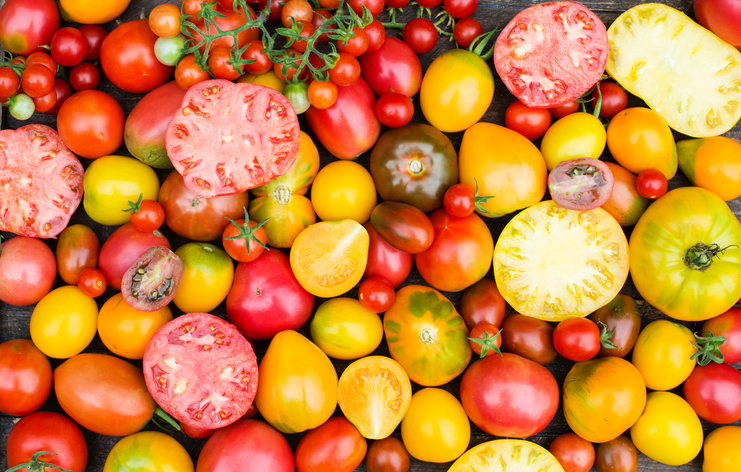
Alexander Livingston, who had a serious green thumb from an early age, began a seed company in 1850. ’There was not in the United States at the time an acre of tomatoes from which a bushel of uniformly smooth tomatoes could be gathered,’ Livingston said of the tomato scene in the 1860s. Livingston introduced his initial groundbreaking hybrid tomato, the Paragon, in 1870. He called it ‘the first perfectly and uniformly smooth tomato ever introduced to the American Public.’ The twenty-odd varieties of Livingston’s tomatoes still available in seed form today are considered heirlooms.”
Summer side recipes
Let’s nod to history with two of today’s classic tomato-centric dishes, one from the American South and another with Italian heritage.
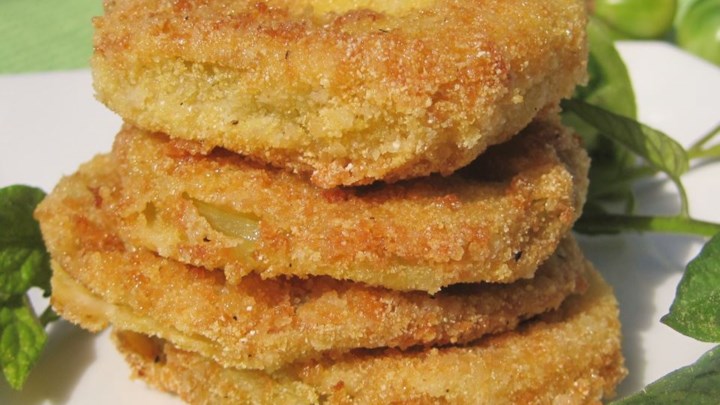
Fried green tomatoes should start with green fruit because red ripe tomatoes will start mushy and get even more so as you cook them. This recipe combines flour, breadcrumbs and cornmeal to make the breading good and crunchy.
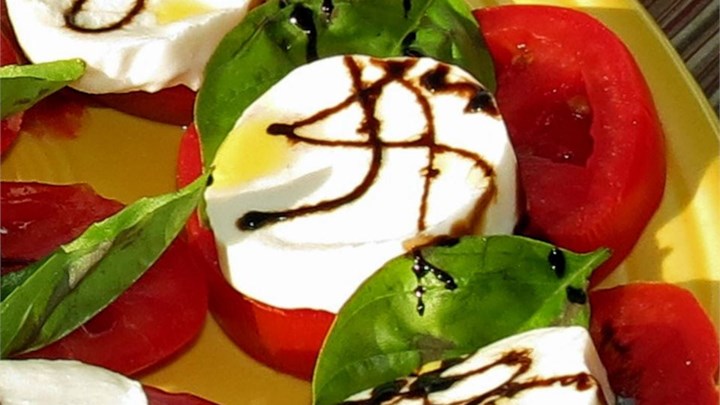
This Caprese salad takes the pure and basic ingredients of ripe tomatoes, just-picked basil, and fresh mozzarella, and elevates with the sweetness of honey and a balsamic reduction.
BACK TO BLOG






















